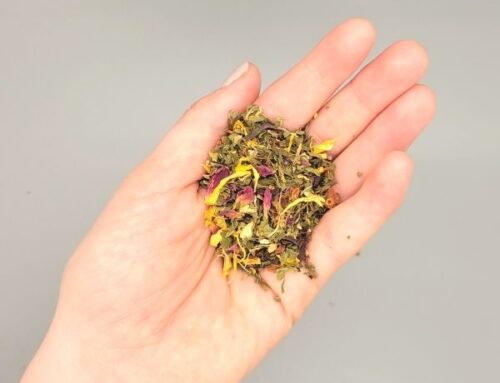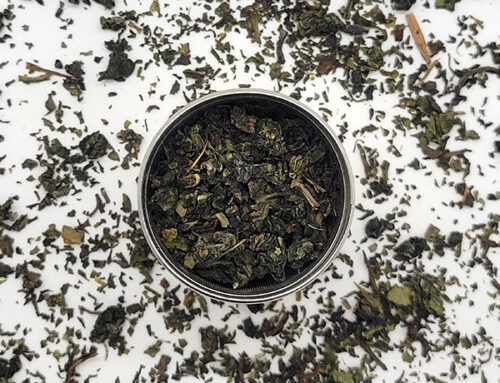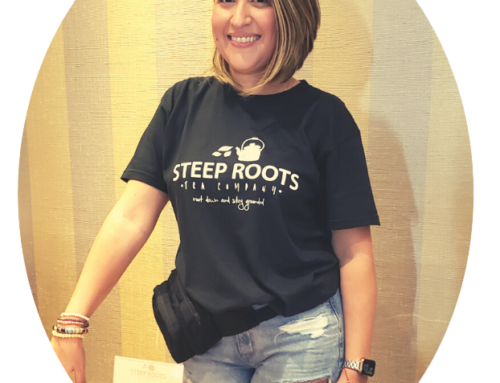Benefits of Mindfulness:
It’s not just about being calm and relaxed, it has far more benefits than you might think.
- Lower risk of anxiety, depression and general irritability with those around you
- An improvement in your memory skills, also decreasing the time it takes you to react to certain things
- An increase in mental strength
- An appreciation for all things around you means you foster deeper and more meaningful relationships with those around you
- Can reduce stress and high blood pressure
- Gives your immune system a boost, so you’re less likely to catch every virus going around
- May help to reduce conditions such as chronic pain issues and dependencies, e.g. alcohol or drugs
Another nod toward the positive effects of meditation and mindfulness, in general, is the way it actually rewrites your brain scientifically. Studies with MRI scans showed that when a person uses meditation, a part of the brain called the insula is positively affected. This is the part of the brain that is linked to empathy and connecting with other humans. In that case, meditation can help you become more compassionate towards others too.
Mindfulness Techniques
“body scan.”
- Lay down and make yourself comfortable
- Focus on your breath and calm your mind
- When you feel ready, imagine a spotlight is moving down to your feet; that is your attention moving to that particular part of your body
- When your attention arrives on your feet, notice any physical sensations in that part
- Take a breath and when you exhale, let those sensations go and dissolve away
- Now move your attention to your ankles and repeat the process
- Repeat until you have scanned all of your body
The body scan is about being aware of your body and really being ‘in your body’. This is a very healing exercise and most people mention that it feels like floating. Whenever you need to feel at peace or de-stress, you can use this meditation. The point is also that you’re simply observing and being aware of how your body feels, in the “being” mode, not the “doing” mode. You’re not doing anything about how you feel, you’re simply acknowledging it and letting it drift away with your breath.
“mindful movement meditation”.
- With bare feet, stand with your feet a little apart and your back straight, keep your arms down by your sides
- Take a breath inwards and slowly raise your arms until they are parallel with the ground. Make sure you do every moment in a mindful manner
- When you breathe in again, raise your arms so they are above your head
- Take another breath and stretch upwards
- Breathe once more and slowly bring your arms back down to the starting position, noticing how every moment feels
- Open your eyes and stretch one arm upwards, looking up towards it. Let your heel raise off the floor to enable the stretch, and notice it how it feels
- Slowly return to starting position
- Repeat with the other arm and other heel
- Place your hands on your hips and on an exhale, lean over to the left, allowing your hips to move to the side, forming a curve
- Stay there for a few seconds, noticing how the stretch feels, before returning to centre
- Roll your shoulders a few times, in a slow and mindful manner
- Return to centre and breathe in and out a few times
This meditation exercise is ideal for releasing stress, tension, and negativity, and many people also find it comforting.
“focus on sounds and thoughts”
- Sit down and turn your attention to your breath and your posture
- Once you’re ready, be aware of any sounds you hear and notice where they are originating from
- Avoid trying to give the sounds a name, and if you do, simply pull your attention back to the sound itself
- Be aware of how many distractions come your way and how they flit in and out of your consciousness. Also, be aware of how the sounds can easily start to make a story in your mind. Again, bring your mind back to the present if that happens.
- See if you can hear any louder sounds or any smaller sounds being masked
- Let thoughts come and go, ebbing and flowing, and try and take pictures with the sounds, perhaps clouds in the sky
- Once you’re ready to allow the sounds to slowly fade and bring yourself back to the room
This exercise is ideal for grounding yourself and allowing you to see how your mind can easily try and judge or overanalyze anything it sees or hears. The more you do this, the abler you will be to simply let sounds be sounds, and not try and label them or judge them.
face difficulties head-on.
- Sit and focus on your breathing for a few minutes
- This time, as thoughts enter your mind, instead of trying to guide your awareness back to the moment, allow yourself to examine those thoughts instead. It’s likely that this is an unwelcome thought and in that case, you need to move towards it
- Notice any sensations within the body physically you feel when this thought is present
- Once you notice a sensation, move your awareness to that part of the body
- Tell yourself that it is perfectly fine to feel this way, accept the feeling. Keep focusing on your breath and letting that feeling simply be there, not trying to change it
- With every inhale and then exhale say the words “softening”, “opening”, relaxing and trying not to tense up or brace
- See if you notice these feelings fading away as you do this
- When you’re ready, bring yourself back to the room
This meditation is ideal for dealing with difficulties in life and to banish avoidance techniques. You can use this technique whenever you face a problem or stressful situation.
Kindness towards yourself and others
By being kind and doing good deeds on a regular basis for other people, you make yourself feel better and more content.
- Sit somewhere warm and comfortable and concentrate on your breathing, until you relax
- Think about a few negative phrases you tell yourself, e.g. ”I shouldn’t feel this way”, “I shouldn’t think like that” and tell yourself that you deserve kindness and friendliness from within
- Say the words: “May I be free from suffering, may I be happy and healthy as it is possible for me to be, may I have ease of being”
- Observe how you feel when you say those words
- Now, bring to mind someone you love and repeat the words (inserting their name); see if saying them about someone else makes you feel differently
- Repeat the process with a stranger and wish them well, assessing how that feels
- Then choose someone you don’t like too much, wishing them well and casting away any bad feeling
- Say the words: “May all beings be free from suffering, may all beings be happy and healthy, may all of us have ease of being”
- Focus on your breath for a little longer and just be in the moment
Focusing on nourishing activities versus depleting activities is a good action here.
- Write a list of 15 things you do in any regular day
- Now place an “N” or “D” next to each one, with N being nourishing, and D being depleting
- Nourishing activities lift you up and make you feel energised and happy, whilst depleting activities make you feel the total opposite.
Now you know which activities are in each category, work to create a better balance between the two, increasing the number of nourishing activities and perhaps kicking out some of the depleting ones if you can. You probably won’t be able to get rid of all of them, but as many as you can. Notice how you feel as you organize your events into N and D and when you’re creating a balance, how that feels too.
The benefits of using mindfulness in your everyday life are far-reaching, not only for your peace of mind and your mental health but also for your physical health and the wellbeing of those around you.






